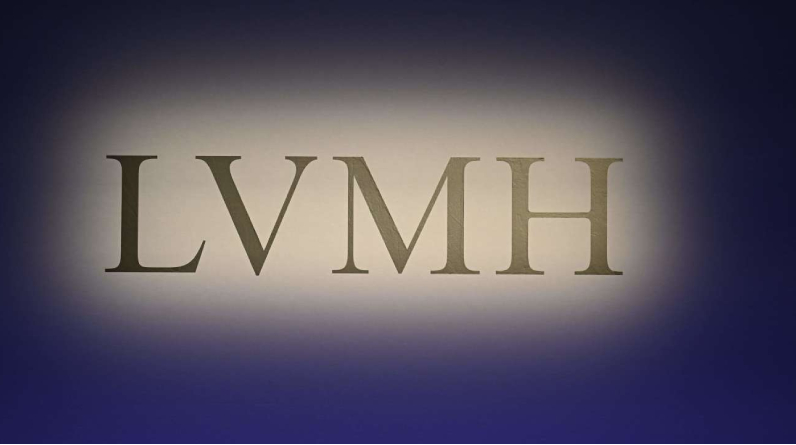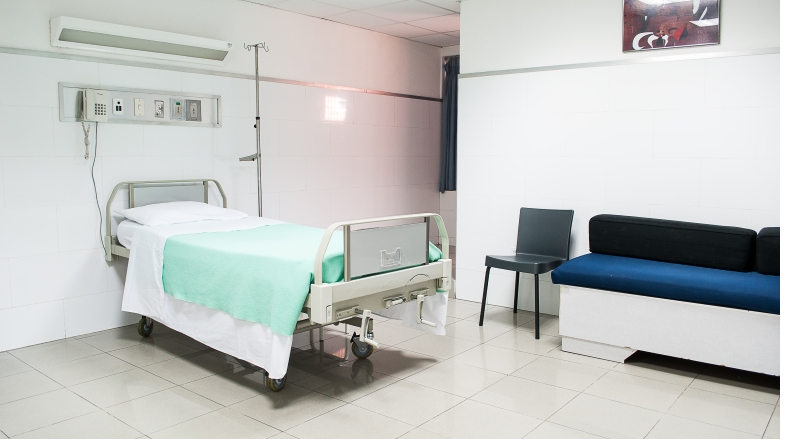When comparing LVMH and H&M’s finances, it becomes clear that two very different fashion industries exist.
The profits of the world’s largest fast fashion retailer stood in stark contrast to those of the world’s most valuable luxury group.
The French conglomerate LVMH, which owns Tiffany & Co., Christian Dior, Sephora, and Mot, announced yesterday in a press release that 2022 was a “record year” for the company (Jan. 26). Its revenue in 2022 was €79.2 billion ($86.2 billion), and its profit from continuing operations was €21.1 billion ($23 billion), both increases of 23%.
European, American, and Japanese sales all increased “sharply” for LVMH despite geopolitical headwinds and China’s zero-covid policy, thanks to “strong demand from local customers and the recovery of international travel.” LVMH left the Russian market last year as well, but it was much smaller than the United States and China.

While Inditex, the parent company of fast fashion giants like Zara, Massimo Dutti, and Bershka, has shown remarkable resilience, the Swedish fast fashion retailer H&M has not fared so well. In the fiscal year that ended on November 30th, its net profit of 3.6 billion Swedish kronor ($349 million) was down 68% from the previous year.
Chief executive Helena Helmersson said that the loss of “an important and profitable market” had “had a significant negative impact on our results” after H&M froze sales in Russia in February and completely pulled out in July.
Also Read :How to Get the Best Nearest and Most Convenient Health Care for You
Raw material prices have increased due to several factors, including those mentioned by Helmersson: “the hikes in raw materials and freight costs combined with a historically strong US dollar.” “On top of that, there were higher energy costs and a one-time charge for the cost and efficiency programme that was launched at the end of the year,” she continued. Despite a cost-cutting push that included layoffs in November, the damage was not significantly reduced.
The sum total: a luxury market worth €540–€580 billion
Bain & Co. predicted in a report from November 2022 that the value of the luxury market would increase to €540–580 billion ($588–631 billion) by 2030, up from an estimated €353 billion in 2022. The current market for luxury goods, estimated at 200 million, is expected to grow to 500 million by the end of the decade. The luxury market has the potential to grow at a rapid clip due to a combination of factors, including the larger size and higher concentration of its customer base and the numerous global growth opportunities currently available.
🇨🇳 China’s robust economic recovery
🇺🇸🇪🇺 The resilience of the American and European economies
The luxury goods market in India has the potential to grow to 3.5 times its current size by 2030.







